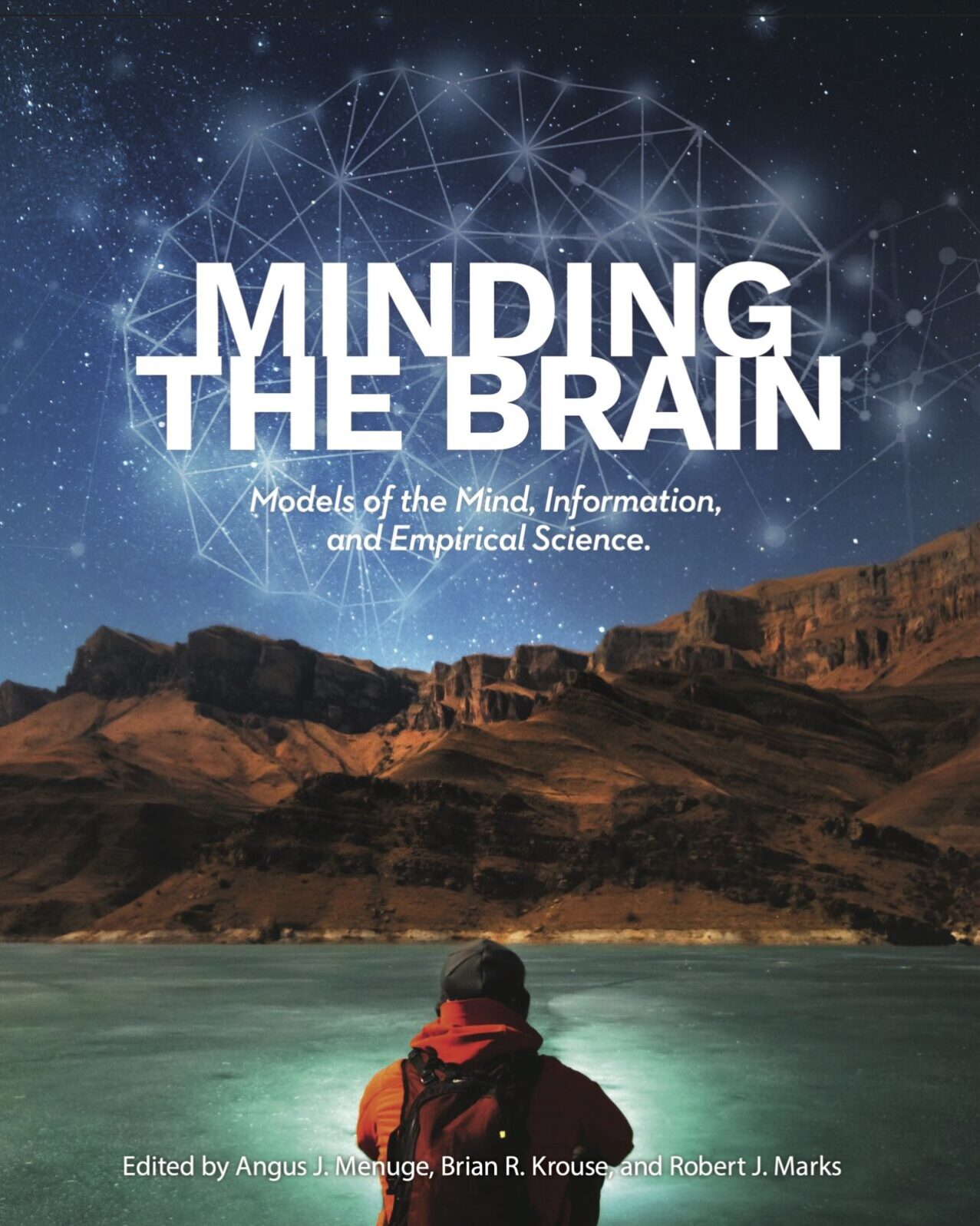Can Informational Realism Help Sort Out the Mind–Body Problem?
According to William Dembski, informational realism asserts that the ability to exchange information is the defining feature of realityHere’s an excerpt from Chapter 25 of Minding the Brain (Discovery Institute Press, 2023), “How Informational Realism Dissolves the Mind-Body Problem” by design theorist William A. Dembski. Informational realism is also the topic of Dembski’s book, Being as Communion (Routledge, 2014) (Routledge 2014).
✼ ✼ ✼ ✼ ✼ ✼
To see how informational realism dissolves the mind-body problem, we need first to be clear on what informational realism is and why it is credible. Informational realism is not simply the view that information is real. We live in an information age, so who doesn’t think that information is real? Rather, informational realism asserts that the ability to exchange information is the defining feature of reality, of what it means, at the most fundamental level, for any entity to be real.

In consequence, informational realism constitutes a relational ontology. In a relational ontology, things exist not in themselves but insofar as they relate to other things. Or, as Wesley Wildman puts it, “The basic contention of a relational ontology is simply that the relations between entities are ontologically more fundamental than the entities themselves. This contrasts with a substantivist ontology in which entities are ontologically primary and relations ontologically derivative.”
Informational realism does not deny the existence of things (i.e., entities or substances). But within informational realism, what defines things is their capacity for communicating or exchanging information with other things. Things are inferred from the information they communicate. Information, as the relational glue that holds reality together, thus assumes primacy in informational realism. In informational realism, things make their reality felt by communicating or exchanging information. Thus, things that are not in immediate or mediate informational contact with other things might just as well not exist and so, in fact, don’t exist within informational realism. Informationally isolated or disconnected entities thereby become nonentities.
…
Informational realism is incompatible with materialism, the view that matter in its various motions and modifications is fundamentally all there is. Within materialism, information is a
byproduct of matter, arising from the way matter is structured.
…
By contrast, within informational realism, matter is a dispensable abstraction. That’s not to say that physical things, and especially bodies, don’t exist within informational realism. And that’s not even to say that ordinary language ought obsessively to expel all references to matter. Matter is a convenient shorthand, as we’ll see, for referring to certain types of physical things, especially those composed of parts that interact mechanistically. Informational realism is therefore fine with materiality insofar as it keeps its metaphysical pretensions in check. And it is even more fine with physicality. Some things operate in space and time, exhibit an observable structure and dynamics, and make themselves evident to our senses. They are physical and, where suitably confined, have bodies. All good.
…
The problem with matter for informational realism, as we’ll see, is that matter always resolves, on closer inspection, into information sources whose self-revelation is, without remainder, informational. Informational realism in this way dispenses with any need for a material substrate to anchor information. Instead of viewing matter as a medium for information, informational realism says that any such medium (i.e., one acting as a carrier for information) is wholly informational. This point will become clearer as we proceed.
✼ ✼ ✼ ✼ ✼ ✼
You may also wish to read: It from bit: What did John Archibald Wheeler get right—and wrong? In a chapter in a forthcoming book, William Dembski explores the strengths and weaknesses of Wheeler’s perspective that the universe is, at bottom, information. Dembski agrees that the universe is, at bottom, information but proposes “informational realism” as a sounder approach to unpacking the idea.
